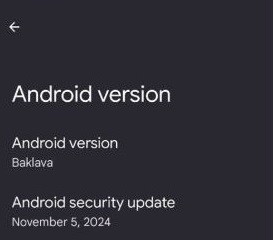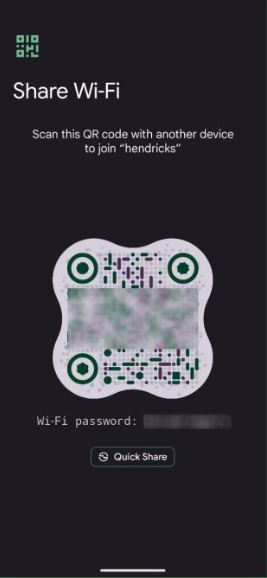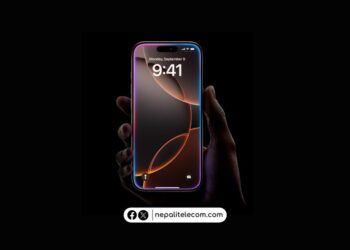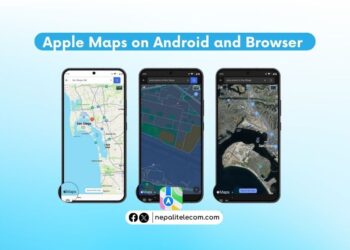Google has released the Android 16 Developer Preview 1 for developers which is one of the preliminary developments en route to the next-generation Android OS that will succeed the Android 15 platform. Being a developer preview of an early stage, it’s not really the one to install for the regular users. However, you can still try it out to be an early bird to check its features. Therefore, this post gives you in-depth details on this OS build, installation process, etc.
New features in Android 16
So far, there’s not much in terms of features in the upcoming Android 16 software. However, there are some we need to talk about. Since it’s the first developer preview, lots of work still needs to be done. Anyway, here are some of the works Google is likely to do in the upcoming Android OS:
Photo picker
The photo picker app in Android 16 is expected to get more relevance. If you are not aware, this app is used by apps to access photos and videos on your phone. The thing is not many apps even support this app. But it could get a fresh life with Android 16. It’s reported that Google could act on apps that access your phone’s media library unnecessarily forcing the use of the photo picker.
Developers can use a new API to integrate the photo picker app rendering it as if it’s an integral part of the app itself. However, this needs developers to wait on a new Android jetpack library to be assured of compatibility issues.
Also find: iOS 18.1 Arrives with Some Apple Intelligence Features
Medical records in Health Connect
Another important update known so far is that the Health Connect App could get a major update in the upcoming Android OS variant. It’s said that the Health Connect app will allow medical records to be written in FHIR (Fast Healthcare Interoperability Resources) format. If you are not aware, FHIR is a data standard that allows the exchange of electronic health records (EHR).
This contrasts with the current Health Connect app which has limited support for data like health and fitness. Google has stated that apps will need approval from users to read and write their medical records that are available in the Health Connect app.
Baklava
Android 16 is codenamed “Baklava”. It confirms earlier suggestions for the moniker and users have reported finding it in the Settings app of this Android 16 DP1. If you are wondering, “Baklava” is a Greek dessert and Google is continuing its tradition of naming its OS titles after sweets.

Audio Sharing makes a comeback
Android 16 DP1 returns the audio sharing feature which was noted on Android 15 DP2. Since it didn’t make it to the stable version, Google could again be working on its restoration for its integration in the final build. Anyway, the audio sharing feature works on Bluetooth and lets devices pair to your phone when you play audio files.
WiFi Sharing gets a new logo
Android 16 DP1 uses a new QR code for WiFi Sharing. So, when you share your WiFi network with a QR, you get redesigned QR graphics.

Higher security
As usual, user privacy and data security are of optimum importance to Google with Android 16 too. So, expect a new generation of security features or at least noticeable improvements that enhance users’ data privacy.
Don’t miss: Pixel 9 Series launched with satellite connectivity
Eligible phones
Select Pixel phones are eligible for the First Developer Preview of Android 16 as you can see below. By clicking on the links contained in the Pixel models, you can proceed to install the build on your Pixel phone. Note that the software build is only available for Pixel phones now.
- Google Pixel 6
- Google Pixel 6 Pro
- Google Pixel 6a
- Google Pixel 7
- Google Pixel 7 Pro
- Google Pixel 7a
- Google Pixel Tablet
- Google Pixel Fold
- Google Pixel 8
- Google Pixel 8 Pro
- Google Pixel 8a
- Google Pixel 9
- Google Pixel 9 Pro
- Google Pixel 9 Pro XL
- Google Pixel 9 Pro Fold
How to install Android 16 Developer Preview 1?
If you are interested in trying it out, then here are the steps to manually install Android 16 Developer Preview on your phone:
- Open the Android Flash Tool page (By clicking on the Pixel phone models above)
- Manually download the factory image of the Android 16 Developer Preview 1
- Install the Android USB driver on your computer if you don’t have it already
- Set up ADB access on your phone
- Connect your device to your computer
- Select your phone from the list of devices shown
- Flash the Android 16 DP1 on your phone by clicking on “Install build”
Note: If you are on the Android 15 QPR2 Beta 1 program, then you need to perform a wide on your Pixel phone before you can proceed to install the Android 16 build. That’s because both are different generations of OS and are not compatible for a direct transition to the new build.
A word of caution on its installation
Android freaks love experimenting with things with the OS. So, even if Android 16 Developer Preview One is not for an installation for a regular user, they would entertain the idea of giving it a go to see how it feels.
But let it be known that the developer preview builds are not stable and tested deeply so the phone’s apps might not work or lead to a soft brick or boot loop. If it flashes normally, still, the phone will likely not work smoothly as the software is not yet compatible with phones. It’s the reason Google doesn’t provide the update via the Android Beta program. Anyway, the Android 16 Developer Preview One is eligible for select Pixel phones and you can only upgrade manually with the process we outlined above.
Don’t miss: Android vs iPhone: Which one for you?
When will Android 16 be released?
Google has a six-stage rollout plan for Android 16. A second Developer Preview is scheduled for December, with the first and second Beta releases coming out in January and February 2025, respectively. This should be followed by Platform Stability in March. More Beta versions could arrive in April, and the final version of the Android 16 OS could be released in the second quarter of 2025.
Conclusion
Android 16 is a next-generation OS upgrade from Google and will bring a host of new features, security enhancements, bug fixes, etc. It also allows other Android manufacturers to create their own custom skin based on this latest software. Unfortunately, though, not all the phones will have the support for it as phone makers mostly offer 2 years of OS upgrades on their phones barring some new models such as Samsung Galaxy A16 5G which offers 6 years of OS updates.
More updates will keep coming for Android 16 and we will be adding those details on this page. Which phone model are you using and are you looking forward to installing this Developer Preview? Do share in the comments below.













